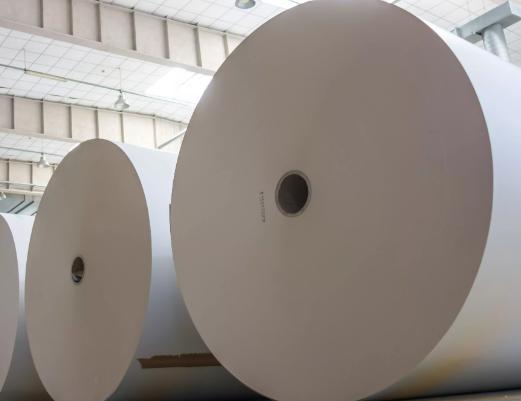Food packaging products made from paper-based materials are increasingly used because of their safety features and environmentally friendly alternatives. However, to ensure health and safety, there are certain standards that must be met for the paper materials used to produce food packaging. Packaging is an important factor that affects the quality and taste of the food inside. Therefore, food packaging materials need to be tested in all aspects, and they need to meet the following standards.

1. Paper products are made from clean raw materials
Paper materials used in the production of food paper bowls, paper cups, paper boxes, and other packaging must meet the Ministry of Health's specifications for the content and composition of the manufacturing process. As a result, manufacturers must use paper materials made from clean raw materials that meet health and safety standards, do not affect the color, aroma, or taste of the food, and provide consumers with optimal health protection.
Furthermore, recycled paper materials must not be used in products that come into direct contact with food. Because this paper is made from recycled paper, it goes through deinking, bleaching, and whitening processes and may contain toxins that are easily released into food. As a result, most paper bowls and water cups are made of 100% pure kraft paper or 100% pure PO pulp.
2. FDA compliant and non-reactive with food
Paper materials used to serve food must meet the following criteria: safety and hygiene, no toxic substances, no material changes, and no reactions with the food they contain. This is an equally important criterion that determines the user's health status. Because food paper packaging is so diverse, everything from liquid dishes (river noodles, soups, hot coffee) to dry food (cakes, sweets, pizza, rice) corresponds to paper, ensuring that the paper is not affected by steam or temperature.
Hardness, suitable paper weight (GSM), compression resistance, tensile strength, burst resistance, water absorption, ISO whiteness, moisture resistance of the paper, heat resistance, and other requirements should be met by food paper. Furthermore, the additives added to the food packaging paper material must be of clear origin and meet Ministry of Health regulations. To ensure that no toxic contamination affects the quality and safety of the food contained, a standard mixing ratio is used.
3. Paper with high durability and rapid decomposition in the environment
To avoid leakage during use or storage, choose products made of high-quality paper that is highly heat resistant and impermeable. To protect the environment, paper materials used to store food must also meet criteria for ease of degradability and waste limitation. Food bowls and mugs, for example, must be made of natural PO or kraft pulp that decomposes in 2-3 months. They can decompose under the influence of temperature, microorganisms, and humidity, for example, without harming soil, water, or other living things.
4. Paper materials must have good antibacterial properties
Finally, the paper used for packaging must be capable of preserving and protecting the product inside. This is the primary function that every company must ensure when producing packaging.
This is due to the fact that food is the primary source of nutrition and energy for humans. They are, however, vulnerable to external factors such as bacteria, temperature, air, and light, which can alter the flavor and cause spoilage. Manufacturers must carefully select the type of paper used to make the packaging to ensure that the food inside is best preserved from external factors. The paper should ideally be strong and stiff enough to hold the food without becoming soft, fragile, or tearing.
Post time: Nov-30-2022
